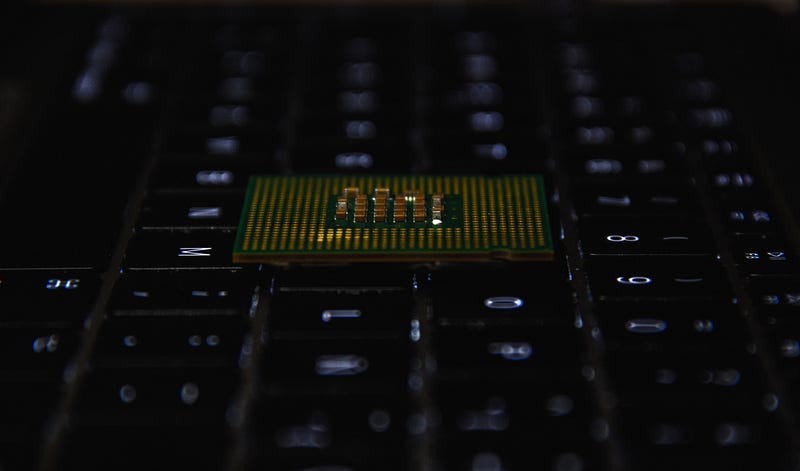Revolutionizing Technology: The Role of Quantum Hardware
Written on
Chapter 1: Understanding Quantum Hardware
In the realm of quantum computing, the significance of hardware matches that of software. Even the most sophisticated algorithms will prove ineffective without the appropriate hardware to execute them. This chapter delves into quantum hardware: the essential physical components that enable quantum computing.

At the core of every quantum computer lie qubits, the quantum analogs of classical bits. Unlike classical bits, which can exist solely in one of two states (0 or 1), qubits can exist in a superposition of states, allowing quantum computers to perform multiple calculations concurrently.
Section 1.1: Types of Qubits
Superconducting Qubits
The most prevalent type of qubit is the superconducting qubit, utilized in many cutting-edge quantum computers today. These qubits comprise tiny loops of superconducting wire, cooled to near absolute zero. When current flows through the loop, it generates a magnetic field that represents a quantum state. However, superconducting qubits are notably delicate and necessitate extreme precision for maintenance.
Trapped Ions
Trapped ions represent another variety of qubit found in some of the most precise and reliable quantum computers. These qubits are formed by capturing individual ions in a vacuum and utilizing lasers to manipulate their quantum states. While trapped ions are highly stable and durable, scaling them up to larger quantities remains a significant challenge.
Topological Qubits
Lastly, topological qubits, which are still in experimental phases, are constructed from unique materials known as topological insulators. These materials possess properties that make them resistant to specific types of noise and interference. If researchers can develop topological qubits that function reliably, they could pave the way for genuinely fault-tolerant quantum computers.
The first video, "Lecture 9.1 - Introduction to Quantum Hardware," offers insights into the foundational aspects of quantum hardware, highlighting its significance in the broader context of quantum computing.
Section 1.2: Engineering Challenges in Quantum Computing
Constructing a quantum computer involves more than selecting the ideal qubit type. Numerous engineering hurdles must be addressed, ranging from designing effective cooling systems to managing the complex interactions among qubits. A significant issue is achieving a functional network of qubits. Presently, the largest quantum computers contain hundreds of qubits, but experts argue that millions or even billions may be necessary for practical applications.
Another critical challenge involves error management. Given the fragility of qubits, they are susceptible to errors from external influences like stray electromagnetic fields and cosmic rays. Even minor errors can derail a quantum computation, making real-time error correction essential. This is where quantum error correction comes into play, utilizing redundant qubits to detect and rectify errors as they arise.
Chapter 2: The Future of Quantum Hardware
The second video, "Quantum Computing Hardware and Super Conducting Circuits | Qiskit Global Summer School 2023," discusses advancements in quantum hardware and superconducting circuits, showcasing the latest developments in the field.
The array of challenges in quantum hardware renders it one of the most dynamic and rapidly evolving areas in science and engineering. Researchers worldwide are consistently pushing the boundaries of what can be achieved, from constructing larger qubit arrays to innovating new qubit types that exhibit greater resistance to noise and interference.
Despite the hurdles, the promise of quantum hardware is immense. With the correct infrastructure, quantum computers have the potential to transform numerous sectors, including cryptography, drug development, and materials science.